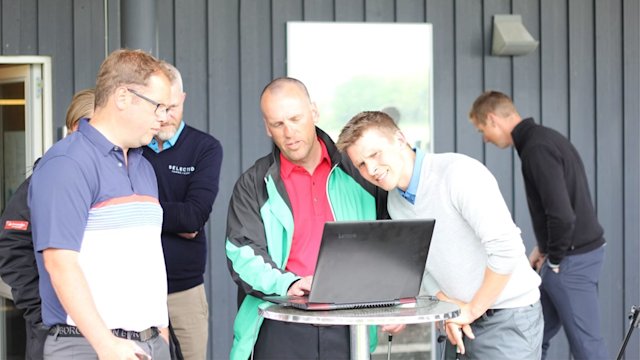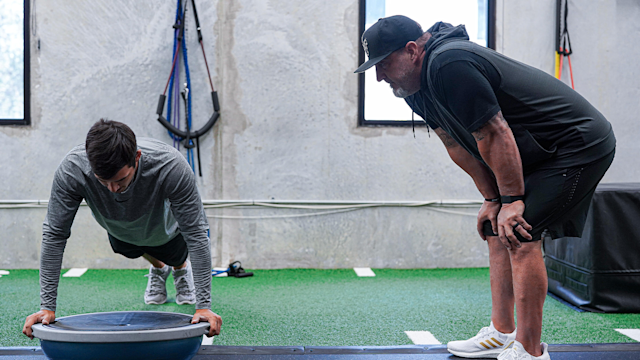quick coaching
Five Golf Coaching Trends That Will Help You Get Better Today

Joanna Coe, PGA demonstrates with Kellie Stenzel, PGA, LPGA, Rob Labritz, PGA, and Tracy Phillips, PGA during the Teaching & Coaching Summit at the 2023 PGA Show at Orange County Convention Center on Monday, January 23, 2023 in Orlando, Florida. (Photo by Gary Bogdon/PGA of America)
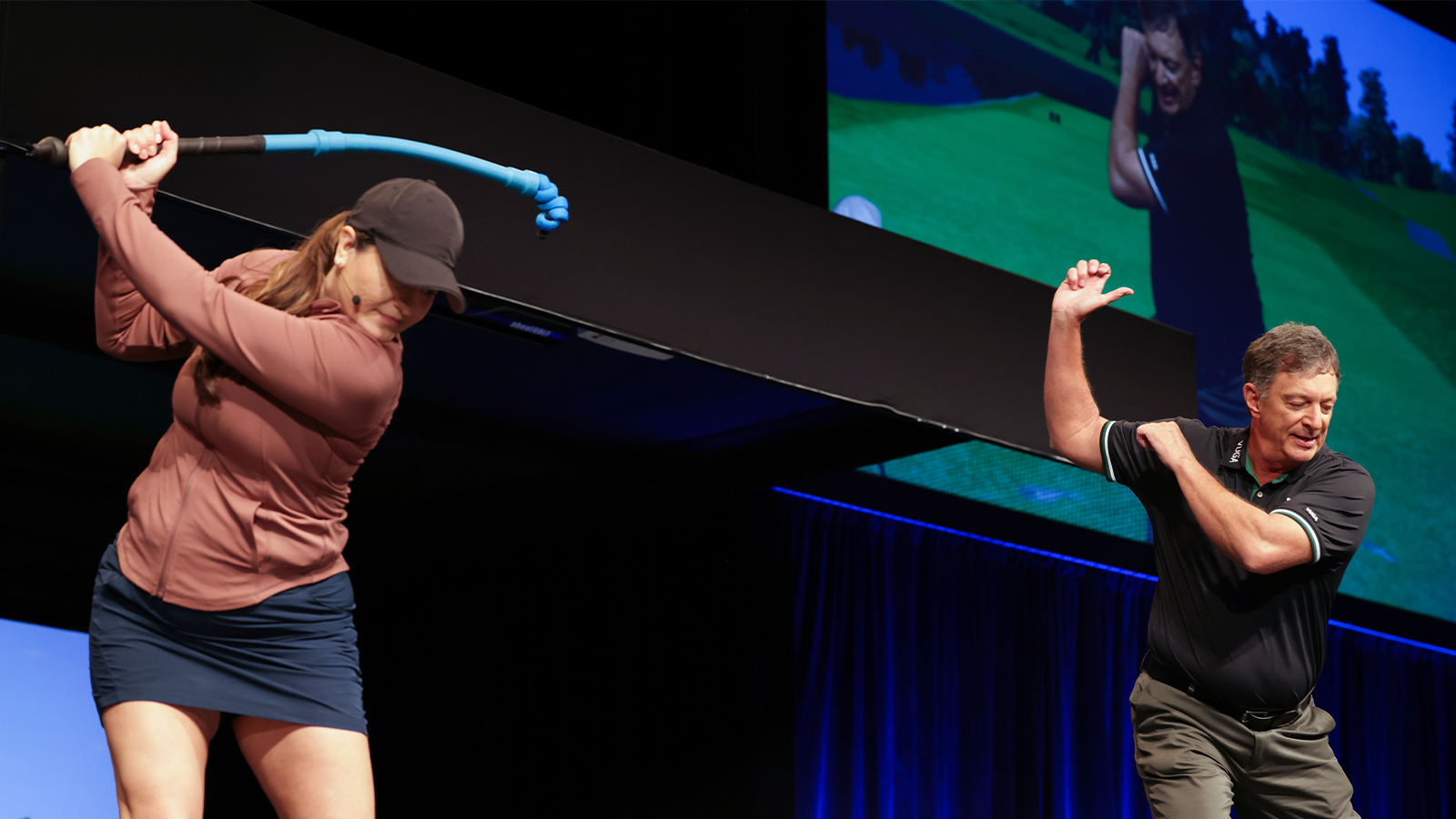
“One of the best parts of being an instructor is the honor of learning from your fellow instructors,” said Hallett. “That’s the magic of this Summit. There’s something everyone can take home and share with their students to help them enjoy golf more.”
- Flow not fear. Dr. Rick Sessinghaus, PGA, kicked off the Summit with an excellent presentation on a “Flow Code” mindset. It’s a great way for golfers to approach a shot with “flow” rather than the fear of something bad happening. “The 15 seconds ahead of your shot is an opportunity to focus on what you can control, rather than what you’re afraid of doing,” said Sessinghaus. “The yardage, the wind, what shot you’re going to hit instead of afraid of hitting . . . those are what’s relevant to you — not the skulled chip or sliced drive. If you’re focused versus fearing, then that’s what leads to a good flow out on the course.”
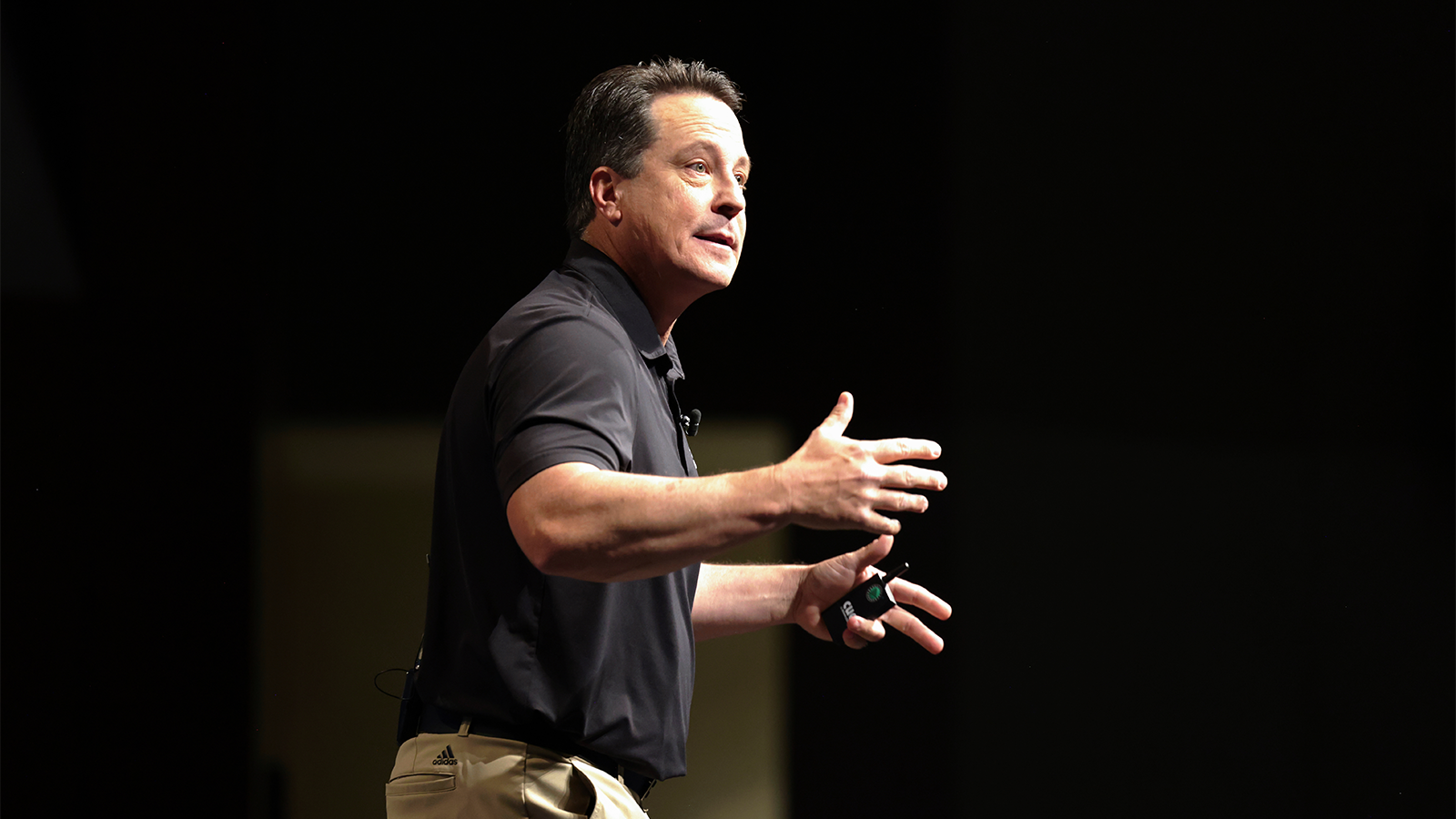 Dr. Rick Sessinghaus, PGA speaks during the Teaching & Coaching Summit at the 2023 PGA Show at Orange County Convention Center on Sunday, January 22, 2023 in Orlando, Florida. (Photo by Gary Bogdon/PGA of America)
Dr. Rick Sessinghaus, PGA speaks during the Teaching & Coaching Summit at the 2023 PGA Show at Orange County Convention Center on Sunday, January 22, 2023 in Orlando, Florida. (Photo by Gary Bogdon/PGA of America) - Stand to the handle for solid chips. Award-winning coach Todd Sones spent 25 minutes sharing common solutions to short game issues, and one of his top tips for better chips was “standing to the handle” — meaning the handle of the club. Many golfers press too far forward or have the handle back. Sones recommends pressing the hands a smidge forward, but then make sure your hands are in the middle of your shoulders. “This helps your swing bottom out in front of the golf ball, so your strikes are more consistent, and not skulled or chunked,” said Sones.
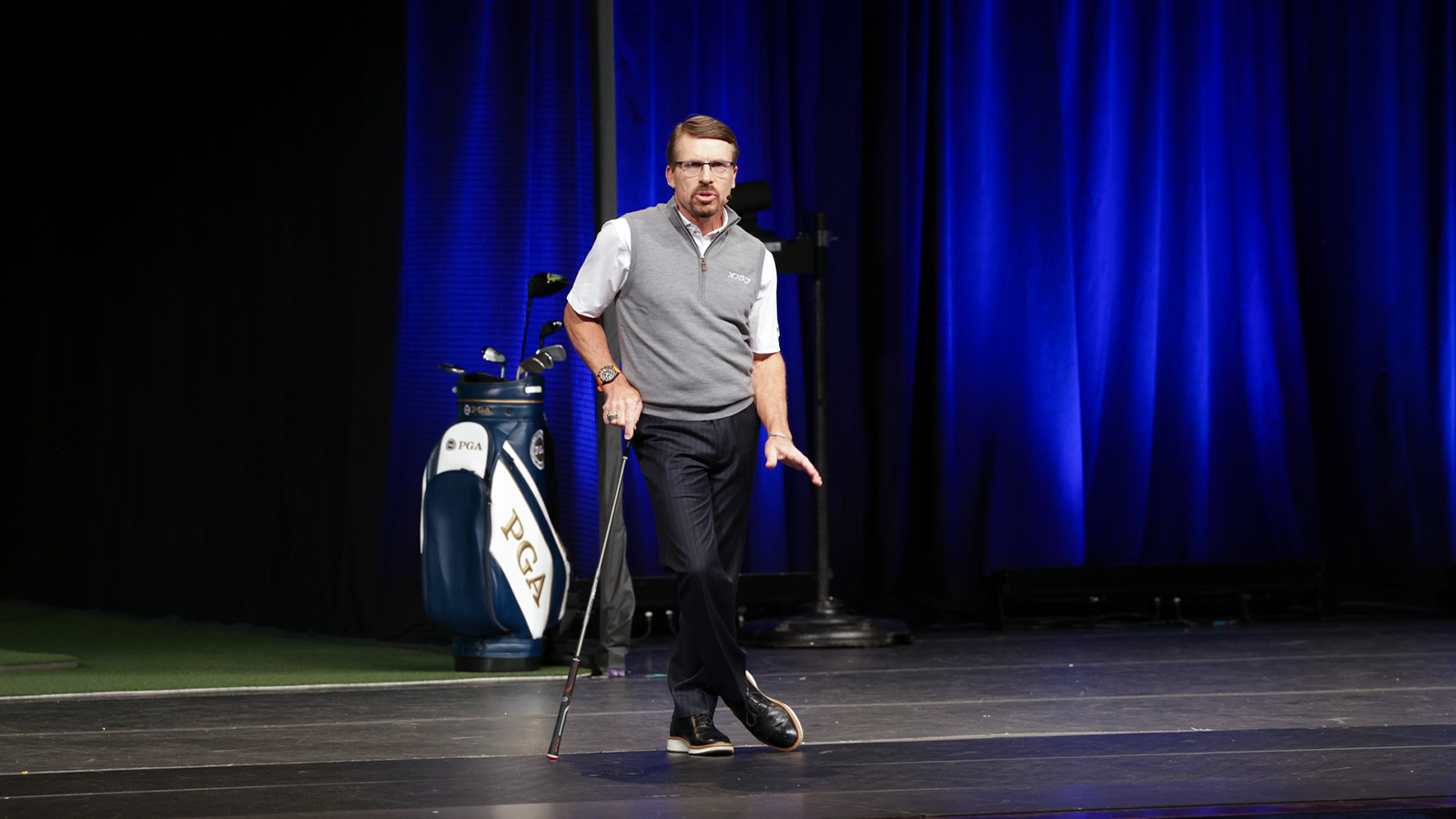 Todd Sones, PGA speaks during the Teaching & Coaching Summit at the 2023 PGA Show at Orange County Convention Center on Sunday, January 22, 2023 in Orlando, Florida. (Photo by Gary Bogdon/PGA of America)
Todd Sones, PGA speaks during the Teaching & Coaching Summit at the 2023 PGA Show at Orange County Convention Center on Sunday, January 22, 2023 in Orlando, Florida. (Photo by Gary Bogdon/PGA of America) - Develop a “champion mindset.” Clark was the opening presenter on Day Two of the Summit and had plenty motivational tips to share — for both golf and life. First, you have to be bad to be great “Even champions mess up,” said Clark. “The most underrated superpower a champion athlete has, however, is their ability to bounce back. Resiliency and a short-term memory can be the ultimate difference.” Clark’s second piece of advice was making small deposits to get a big withdrawal, meaning even the 5-10 putts you can hit in your living room after work or 10 minutes of stretching before a round — done over and over —- build up to yield great results. “The small things together become a big thing when you emphasize the minor improvements each day,” added Clark.
“The most underrated superpower of a champion athlete is their ability to bounce back. Resiliency and short-term memory can be the ultimate difference.”
— PGA of America (@PGA) January 23, 2023
It was inspiring to learn from a Champion like @HazelClarkTV at this year's PGA Teaching & Coaching Summit. pic.twitter.com/UKggrNZAc0 - Rewire your pre-shot routine for pressure. One of the panel discussions from the Summit included PGA Professionals Kellie Stenzel, Joanna Coe, Rob Labritz and Tracy Phillips discussing how to teach and compete at the same time. Coe, Labritz and Phillips are all decorated players while also serving as coaches, and one of their biggest keys you can utilize is having a solid pre-shot routine before every swing. “I start behind the ball, select my club, feel out the wind, and walk into the shot like I’m going to make a ‘performance statement,” says Coe. “There has to be some swagger before you hit a shot. Have your shoulders back — like you’re about to show off. Line up the clubface first, take your stance, and then think, ‘good tempo.’”
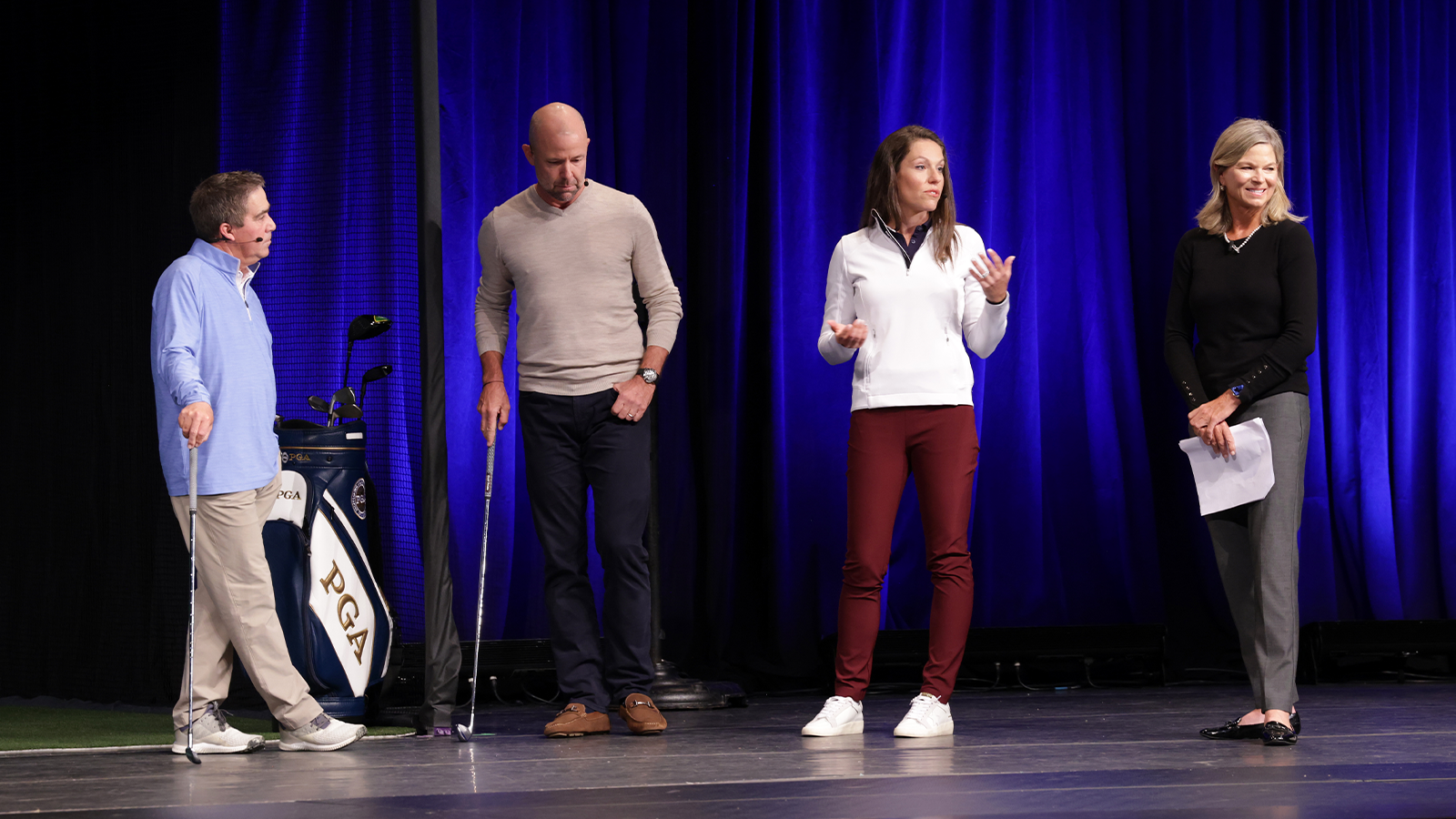 Joanna Coe, PGA speaks with Kellie Stenzel, PGA, LPGA, Rob Labritz, PGA, and Tracy Phillips, PGA during the Teaching & Coaching Summit at the 2023 PGA Show at Orange County Convention Center on Monday, January 23, 2023 in Orlando, Florida. (Photo by Gary Bogdon/PGA of America)
Joanna Coe, PGA speaks with Kellie Stenzel, PGA, LPGA, Rob Labritz, PGA, and Tracy Phillips, PGA during the Teaching & Coaching Summit at the 2023 PGA Show at Orange County Convention Center on Monday, January 23, 2023 in Orlando, Florida. (Photo by Gary Bogdon/PGA of America) - 20-20, then move on. Labritz had another nice pre-shot routine tip, where he only takes 40 seconds, which can help those golfers who might be wondering how long a routine should be. “I stand for 20 behind the ball, settle in and use 20 seconds over the ball, then hit,” says Labritz, who played last year on the PGA TOUR Champions. “And once it’s hit, no matter where it goes, I’m moving on to the next shot.”
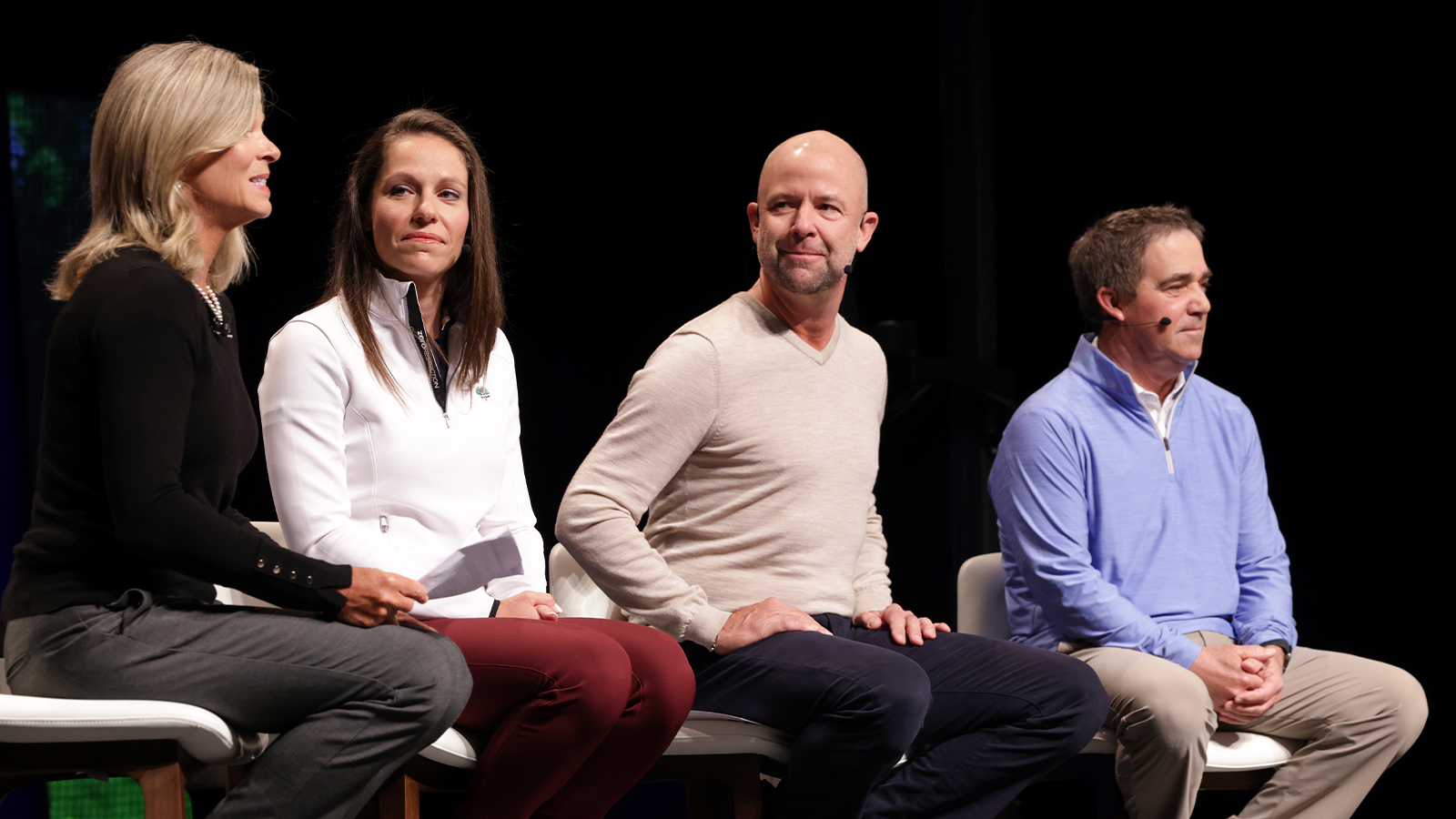 Kellie Stenzel, PGA, LPGA, speaks with Joanna Coe, PGA, Rob Labritz, PGA, and Tracy Phillips, PGA during the Teaching & Coaching Summit at the 2023 PGA Show at Orange County Convention Center on Monday, January 23, 2023 in Orlando, Florida. (Photo by Gary Bogdon/PGA of America)
Kellie Stenzel, PGA, LPGA, speaks with Joanna Coe, PGA, Rob Labritz, PGA, and Tracy Phillips, PGA during the Teaching & Coaching Summit at the 2023 PGA Show at Orange County Convention Center on Monday, January 23, 2023 in Orlando, Florida. (Photo by Gary Bogdon/PGA of America)

